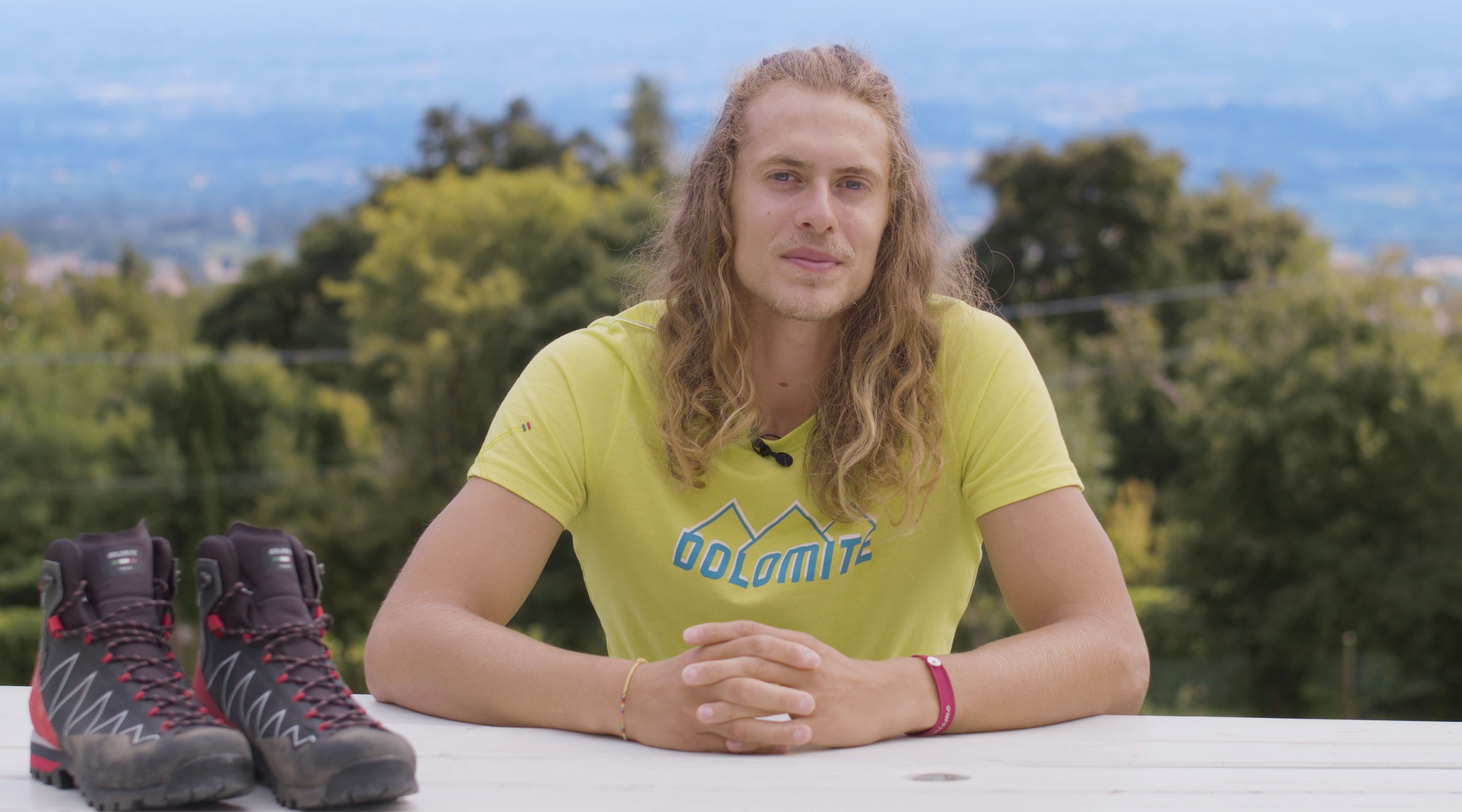How to clean linings and footbeds
Just like the external uppers, the insole and inner lining of our shoes need care and attention. Careful cleaning and maintenance of these parts is in fact essential to preventing the proliferation of bacteria and premature deterioration of our footwear.
We also need to know however what material these components are made of because each will require the use of specific products to clean then properly and effectively.

Synthetic lining
If our shoe has a synthetic lining, no special measures need to be taken. In order to clean these parts effectively, just wipe the shoes inside using a warm damp cloth and leave to dry.

Leather lining
Leather linings on the other hand have dfferent cleaning requirements. The structure of this type of lining is in fact particularly sensitive to the effect of acids produced by foot perspiration, which may damage them or cause deterioration before time. We suggest first of all wiping the linings using a warm, damp cloth then leaving them to dry. Once this has been done, apply a thin layer of Dolomite Cream or Spray.
Cleaning the footbed
Last but not least, our shoes have another extremely important interior component: the removable footbed. A footbed is generally fitted inside the shoe to provide greater comfort and support during walking, but it is also essential to keeping our feet clean and dry.

In order to clean the footbed, simply remove it from the footwear and clean it carefully using a damp cloth. Then leave to dry completely.

It is a good idea to carry out this operation fairly regularly– preferably after every time the shoe is used. Lastly we recommend replacing the footbeds every six months or at least once a year, depending on how often the shoes are used.
Do you know that...

The four materials most commonly used to produce insoles nowadays are foam, gel, cork and leather. Each of these has its advantages but historically mountaineers have generally preferred leather for their boots. Leather footbeds for example were used in the boots worn for the attack to the summit of K2 or Everest. They featured integrated lightweight rubberised fabricsupport, the same material also used to produce the inner linings. The linings and footbeds were then sewn together and sealed with latex to avoid any kind of raised section which might cause chafing. This solution enabled warm footwear with good thermal insulation against the outside environment to be produced by partly sacrificing breathability.

